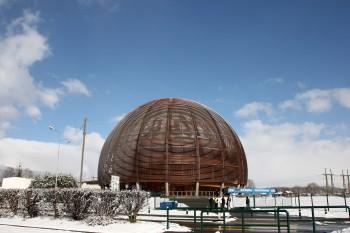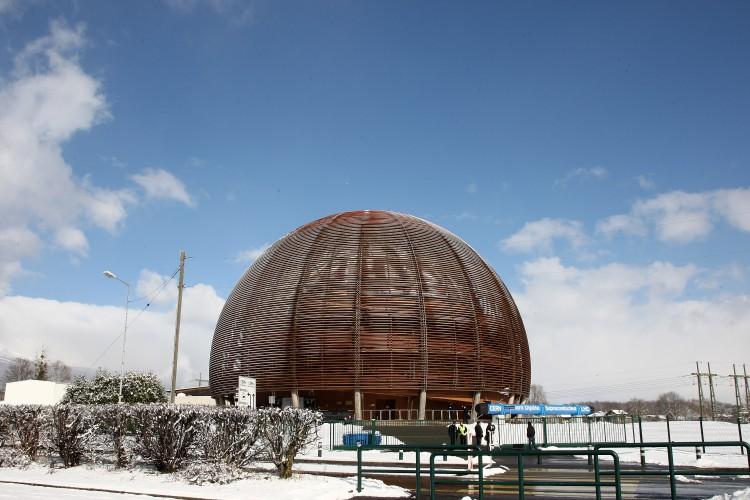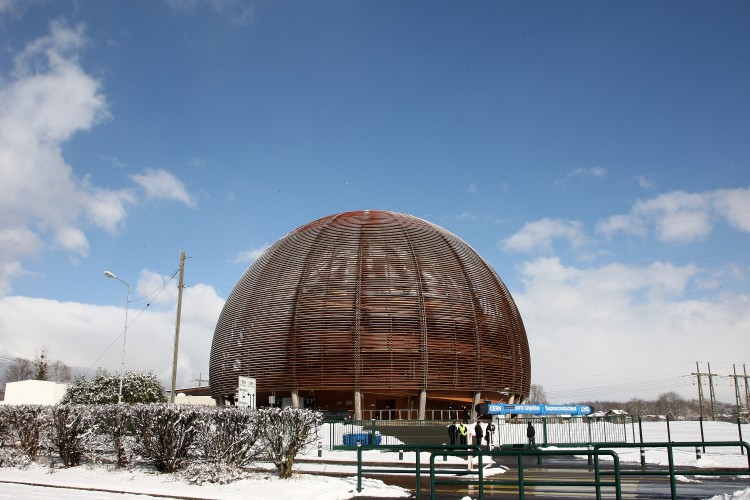The European Organization for Nuclear Research (CERN) has managed to trap anti-hydrogen atoms for at least 16 minutes and believes this relatively stable form of antimatter will allow further studies of these rare and mysterious particles.
Scientists running the ALPHA (Antihydrogen Laser Physics Apparatus) experiment at CERN in Geneva, Switzerland are building an antimatter trap, and their findings to date were published online in Nature Physics on June 5.
“We’ve trapped antihydrogen atoms for as long as 1,000 seconds, which is forever,” said Joel Fajans from the University of California (UC), Berkeley in a press release.
The team trapped 112 antiatoms for up to 1,000 seconds, or 16 minutes and 40 seconds, and have caught 309 anti-atoms since their first successful capture in 2009. So far they have managed to trap three atoms together simultaneously.
“We'd prefer being able to trap a thousand atoms for a thousand seconds, but we can still initiate laser and microwave experiments to explore the properties of antiatoms,” Fajans said.
Based on the idea that the universe was created during the Big Bang 13.6 billion years ago, there should be equal amounts of matter and antimatter present. However, antimatter is rare and has only been detected briefly, for example, in cosmic rays and some radioactive materials.
By studying the properties of antiatoms, scientists can ascertain whether they have the same electromagnetic and gravitational interactions as normal matter. For example, they can look at matter-antimatter symmetry. If antimatter has the same CPT (charge-parity-time) symmetry, a particle would behave the same way in a mirror universe if it had the opposite charge and moved backward in time.
“Any hint of CPT symmetry breaking would require a serious rethink of our understanding of nature,” said ALPHA spokesperson Jeffrey Hangst from Denmark’s Aarhus University in the release. “But half of the universe has gone missing, so some kind of rethink is apparently on the agenda.”
The team aims to trap more antihydrogen atoms for longer, and has already studied their energy distribution.
“It may not sound exciting, but it’s the first experiment done on trapped antihydrogen atoms,” said Jonathan Wurtele at UC Berkeley in the release. “This summer, we’re planning more experiments, with microwaves. Hopefully, we will measure microwave-induced changes of the atomic state of the antiatoms.”






